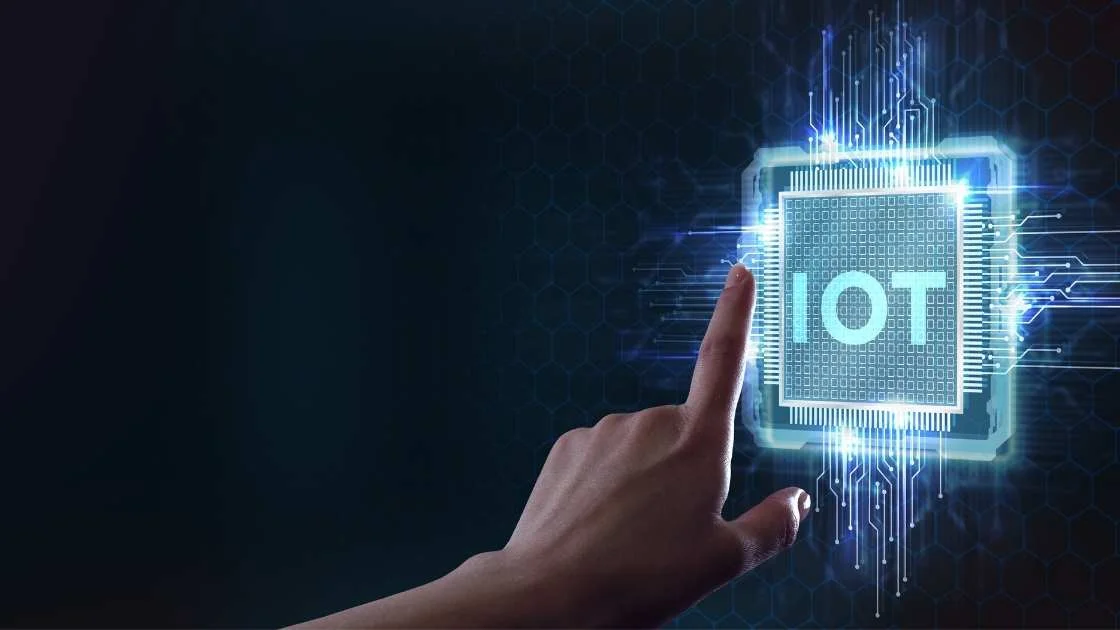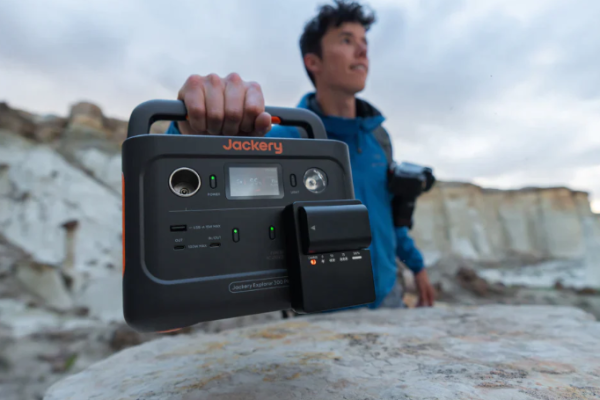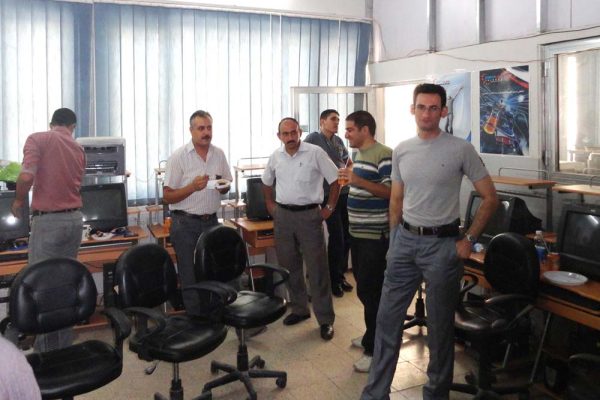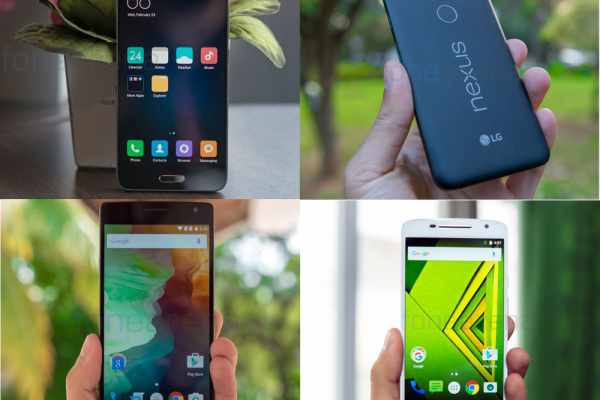Key Takeaways:
- It is understanding the extensive reach of the Internet of Things (IoT) and its revolutionary impact on everyday life.
- Insights into how IoT advances home automation, healthcare, industrial processes, urban development, agriculture, and energy management.
- Considering the implications of IoT on privacy, security, and the necessity for businesses to adapt to new IoT technologies.
Table of Contents:
- Introduction to IoT and Its Impacts on Modern Society
- Smart Home Technologies: Comfort and Convenience at Your Fingertips
- The Role of IoT in Healthcare Advancements
- IoT in Urban Development: Creating Smarter Cities
- Industrial IoT (IIoT): Revolutionizing Manufacturing and Supply Chains
- IoT in Agriculture: Towards Sustainable Farming
- Energy Management and Conservation Through IoT
- Challenges and Solutions: Securing the IoT Ecosystem
- Consumer IoT Devices: Trends and Future Prospects
- Preparing for IoT Integration: What Businesses Need to Know
Table of Contents
Introduction to IoT and Its Impacts on Modern Society
The pervasive nature of IoT intertwines with our everyday activities, creating a fabric of devices that contributes to convenience and the enhancement of our lifestyle. Today, we exist in an ecosystem where our watches instruct us on health best practices, our fridges inventory our food and suggest recipes, and our homes anticipate our needs, setting optimal temperatures just as we walk through the door. These are theoretical propositions and tangible realities of a world rapidly evolving under IoT’s influence. The potential for future IoT developments is promising and heralds significant shifts in societal functions where convenience meets customization.
However, considerations of privacy and security are critical to the success of IoT, which warrants cautious optimism. As we integrate more of our lives into the IoT web, we’re handing over slices of personal information, creating a digital catalog of our habits and preferences. The challenge remains to strike an equilibrium—where seamless connectivity and automation benefits do not come at the expense of our privacy or security. As consumers and citizens of an increasingly connected world, it is paramount that we remain vigilant stewards of our data just as we enjoy the fruits of technological convenience.
Smart Home Technologies: Comfort and Convenience at Your Fingertips
Described as an intricate tapestry of devices, the Internet of Things (IoT) represents the pinnacle of connectivity, where everyday objects become communicative entities on the web, sharing and receiving data. Remarkably similar to the meticulous and transformative process of metal refinishing NYC, where timeless structures are given new life, IoT breathes digital vitality into the mundane, making ordinary objects such as household appliances, cars, and even clothing intelligent and responsive. Its integration into our daily lives has revamped how we interact with technology and ushered in a new efficiency paradigm.
Sophisticated yet increasingly accessible smart home technologies revolutionize how we experience and interact with our living spaces. They offer a blend of convenience, efficiency, and personalization that was once the stuff of science fiction. The potential of intelligent technologies to understand our preferences, optimally light our rooms, or even restock our pantries without prompting is not an overstatement—it’s the current reality. These systems are not just futuristic—they’re here, simplifying tasks, saving time, and shaping homes that are not merely places of residence but dynamic environments that anticipate and adapt to our needs.
Nevertheless, this rapid technological ascension beckons us to align with the prudent assessment of risks, particularly regarding the privacy and security of our connective home systems. A keen understanding of the potential vulnerabilities and active measures to secure our networks against unauthorized access is crucial in maintaining the sanctity of our private domains. While a bastion of contemporary luxury and convenience, the modern smart home mandates an informed approach to technology adoption—balancing innovative indulgence with robust security measures to deter digital intruders.
From lights that dim based on the time of the day to security systems that allow remote monitoring of home environments, the assorted applications of smart home technologies demonstrate their wide-ranging utility. These applications speak volumes to the ingenuity of IoT developments and the versatility and adaptability of such technologies in catering to various personal preferences and living situations. Smart homes are no longer a rarity but an attainable reality, bringing the future into the present across diverse households.
The Role of IoT in Healthcare Advancements
In healthcare, integrating IoT devices has unraveled a new frontier of possibilities—ushering in preventative strategies and augmenting patient care. Wearable devices meticulously track heart rates, sleep patterns, and physical activity and provide a composite view of an individual’s health, facilitating early detection and intervention. This real-time biofeedback spawns a pivot from reactive to proactive health management, where patients are empowered with knowledge and tools to maintain well-being and avert potential medical crises.
The synergy of IoT and healthcare reaches beyond the individual to the infrastructural. Connected devices are increasingly streamlining communication between patients and providers, rendering patient experiences more personable and efficient. Networked medical equipment within healthcare facilities enables swift sharing of patient data, contributing to the accuracy and readiness of medical care. This synchronized healthcare model presents an opportunity to optimize resource allocation, personalize patient treatment plans, and embark on preventative healthcare approaches that were previously unattainable.
The urgency of innovation in healthcare finds a steadfast partner in IoT, which promises a future brimming with advancements such as remote surgeries and comprehensive health monitoring systems. This transformative alliance highlights a trajectory towards a healthcare ecosystem that is not only more connected but also more equitable, with IoT spearheading a holistic approach to health management across diverse populations and geographies.
IoT in Urban Development: Creating Smarter Cities
Urban centers around the globe serve as test beds for the applicability of IoT technologies, beckoning the development of more intelligent, more sustainable cities. At its core, the innovative city framework utilizes sensors and data analytics tools to manage civic services and infrastructure better, crafting an urban space responsive to its inhabitants’ ebbing flows. These data-driven insights translate into tangible improvements in public safety, resource conservation, and overall quality of urban life. Leaders in urban planning and development consider IoT an invaluable asset in their quest for efficiency, championing a vision wherein cities are not merely habitats but dynamic ecosystems that are intelligently tuned to the needs of their residents.
Progress in traffic management and public transportation are striking examples of how smarter cities can mitigate urban challenges. Implementing sensors that monitor traffic congestion and adjust signal timings accordingly represents one way IoT alleviates city traffic woes. In-depth discussions and analyses of the impacts of such technologies, as chronicled by resources like IoT World Today, elucidate the shared experiences of cities that have gleaned significant benefits from adopting innovative initiatives, particularly during the global challenges posed by the pandemic.
The narrative of innovative city initiatives is not confined to a singular locale. Still, it is a global chronicle with cities from every continent contributing to a burgeoning tapestry of sustainable urban development. Documented endeavors from metropolitan hubs such as Amsterdam and Seoul showcase a future where intelligent technology initiatives significantly enhance the urban experience, culminating in cities that are not just smart in name but truly intelligent in function.
Industrial IoT (IIoT): Revolutionizing Manufacturing and Supply Chains
The industrial sphere is experiencing its digital revolution as the Internet of Things materializes into the Industrial Internet of Things (IIoT). This specialized application of IoT catapults manufacturing processes into new realms of productivity and efficiency. By embracing IIoT, industries open portals to real-time monitoring of equipment, predictive maintenance, and optimized production workflows that push forth the boundaries of what’s possible within traditional manufacturing constraints. Often sprawling and complex, supply chains are being uncomplicated by IoT-infused transparency that offers businesses a comprehensive view of product journeys from assembly lines to consumers’ hands.
This connective innovation extends its roots into logistics, where IoT serves as a vigilant eye overseeing inventory movement, thus ensuring the precise tracking of goods across global networks. It’s a transformative shift from conventional logbooks to digital ledgers that encapsulate detailed insights on product location, condition, and estimated delivery times—elements that converge to enhance the efficacy of the supply chain and the satisfaction of the end customer.
Concrete instances where IIoT has proven transformative serve as testimonials and beacons guiding the industry toward integration. These narratives extol the virtues of IIoT in real-world scenarios, offering a glimpse into how embracing digital threads weaves a more robust, more resilient fabric within the fabric of manufacturing and supply chain management—a fabric ready to withstand the headwinds of an ever-changing economic climate.
IoT in Agriculture: Towards Sustainable Farming
Amidst the fields and furrows, IoT is sowing seeds of change in the agricultural industry, germinating into what is known as precision farming. This approach leverages sensors, aerial images, and GPS technology to shepherd resources precisely where and when needed. Modern farmers with data-driven insights can now cultivate their lands with surgical precision—monitoring soil moisture levels, optimizing fertilizer use, and managing livestock with a newfound understanding. This sophisticated alliance between agriculture and IoT is not merely a convenience, but a necessity as the global demand for food escalates alongside a growing population.
The transformative potential of IoT in agriculture is underscored by its impact on sustainability. By enabling meticulous management of inputs and fostering a greater understanding of farm ecosystems, IoT devices point the way towards an agricultural future where efficiency and environmental stewardship go hand in hand. As farming practices evolve through technological advancements, the promise of reducing waste, conserving water, and promoting sustainable growth becomes an achievable horizon that ensures food security and respects the delicate balance of our ecosystem.
Illuminating the path forward, IoT-integrated farming practices reveal a vision where agriculture transcends its traditional confines, embracing the digital age with open arms. The result is a sector invigorated by precision, driven by data, and aligned with the principles of environmental consciousness—a testament to the symbiotic power of technology and nature.
Energy Management and Conservation Through IoT
The world’s energy landscape changes as traditional grids metamorphose into smart grids fortified with IoT technology. These cutting-edge networks provide an unmatched sophistication in monitoring and distribution capabilities, galvanizing energy management systems to become more responsive and reliable. Integrating renewables into the energy mix is enhanced by IoT solutions, which monitor the intermittent outputs of solar and wind energy sources in real-time. These intelligent grids enable a cleaner and increasingly sustainable energy ecosystem by seamlessly adjusting energy flow.
IoT’s role in energy conservation is particularly crucial as the globe grapples with the imperatives of climate change. Intelligent energy solutions extend their benefits from utility-scale applications to the individual household, where smart thermostats and energy-efficient appliances actively curtail unnecessary energy waste. This collective reduction in consumption, scaled across millions of users, unfolds into a significant stride towards global sustainability goals and a reduction in the carbon footprint of energy use.
As we grapple with finite resources and the escalating challenge of climate change, the marriage of energy and IoT provides a beacon of hope. It’s a tandem that more than merely meets energy demand more astutely. Still, it navigates the path to a future bound by the ethos of conservation—a future where technology serves as the steward of our most precious resources.
Challenges and Solutions: Securing the IoT Ecosystem
The ubiquity of IoT devices, though a precursor of convenience, inevitably introduces a new frontier of risks to digital security. A landscape once dominated by standalone computers and isolated networks is now rife with many connective devices—each with the potential to serve as an entry point for malicious activities. The development of comprehensive cybersecurity strategies, therefore, becomes not a luxury but a necessity. This involves erecting digital barriers against intrusions and fostering a culture of security that spans the entire network of devices, applications, and users.
In the quest to secure IoT ecosystems, manufacturers and consumers must coalesce around robust security frameworks encompassing the IoT device lifecycle. From the inception of product design to their operational twilight, security measures such as encryption, access controls, and the consistent deployment of software patches should be ingrained into the very fabric of IoT. Public policy and regulations, likewise, play a critical role in shaping the terrain of IoT security by establishing standards that safeguard user data and enhance the resilience of this interconnected infrastructure.
As IoT expands and evolves, it becomes increasingly clear that the stewardship of this domain is a shared responsibility. It calls for vigilance and collaboration across all stakeholders to ensure that devices are not just conduits for data but secure fortresses that preserve the integrity and trust of the IoT ecosystem.
Consumer IoT Devices: Trends and Future Prospects
The consumer marketplace for IoT devices is brisk and bustling as an ever-expanding array of connected gadgets find their way into the hands and homes of users worldwide. Current trends indicate a steadfast consumer appetite for devices that streamline domestic chores, enhance personal health, and augment entertainment experiences. As adoption rates surge, the ripple effects stretch far beyond mere gadgetry—reshaping consumer expectations, driving innovation in user interfaces, and setting a new standard for the interoperability of domestic technology.
Future projections paint an ambitious and audacious landscape for consumer IoT. Innovations on the horizon promise not only iterative improvements but transformative leaps, resulting in an ecosystem of smart devices that are more intuitive, automated, and harmoniously integrated into the fabric of everyday life. This evolving narrative is underscored by the anticipation of consumer IoT extending its reach into every corner of the living space, sensing, automating, and enhancing daily routines with seamless precision.
As we stand on the precipice of these future developments, the consumer IoT market continues to enthrall with its potential. The promise of what lies ahead is not a mere continuation of the current trajectory but a transformation ushering in a fully connected lifestyle that blurs the lines between physical and digital—an evolution that reshapes the contours of the consumer experience.
Preparing for IoT Integration: What Businesses Need to Know
As IoT technologies continue to percolate through every layer of business operations, enterprises across sectors are grappling with the implications of this integration. For businesses, embracing IoT is not a simple plug-and-play affair; it requires deliberate investment in compatible infrastructure, a commitment to cultivating IoT-fluent workforces, and the foresight to navigate the evolving landscape of digital connectivity. Integrating IoT technologies necessitates a strategic perspective, ensuring that the benefits—increased efficiency, enhanced data analytics, and enriched customer experiences—are fully realized while mitigating any accompanying risks.
Investment in IoT is a worthwhile venture for businesses aiming to stay abreast of market trends and maintain a competitive edge. This entails the fiscal outlay for advanced hardware and software and allocating resources towards staff training and development. As IoT devices and systems become embedded within industry processes, personnel must leverage these tools—unlocking productivity gains and driving innovation from within the organization.
IoT represents a critical inflection point for businesses poised to redefine industries as diverse as retail, manufacturing, and service provision. For those willing to embrace the journey toward digital transformation, IoT offers a landscape rife with opportunities. In this domain, agility and adaptiveness are rewarded with heightened operational performance and a robust competitive position in an increasingly connected commercial world.





